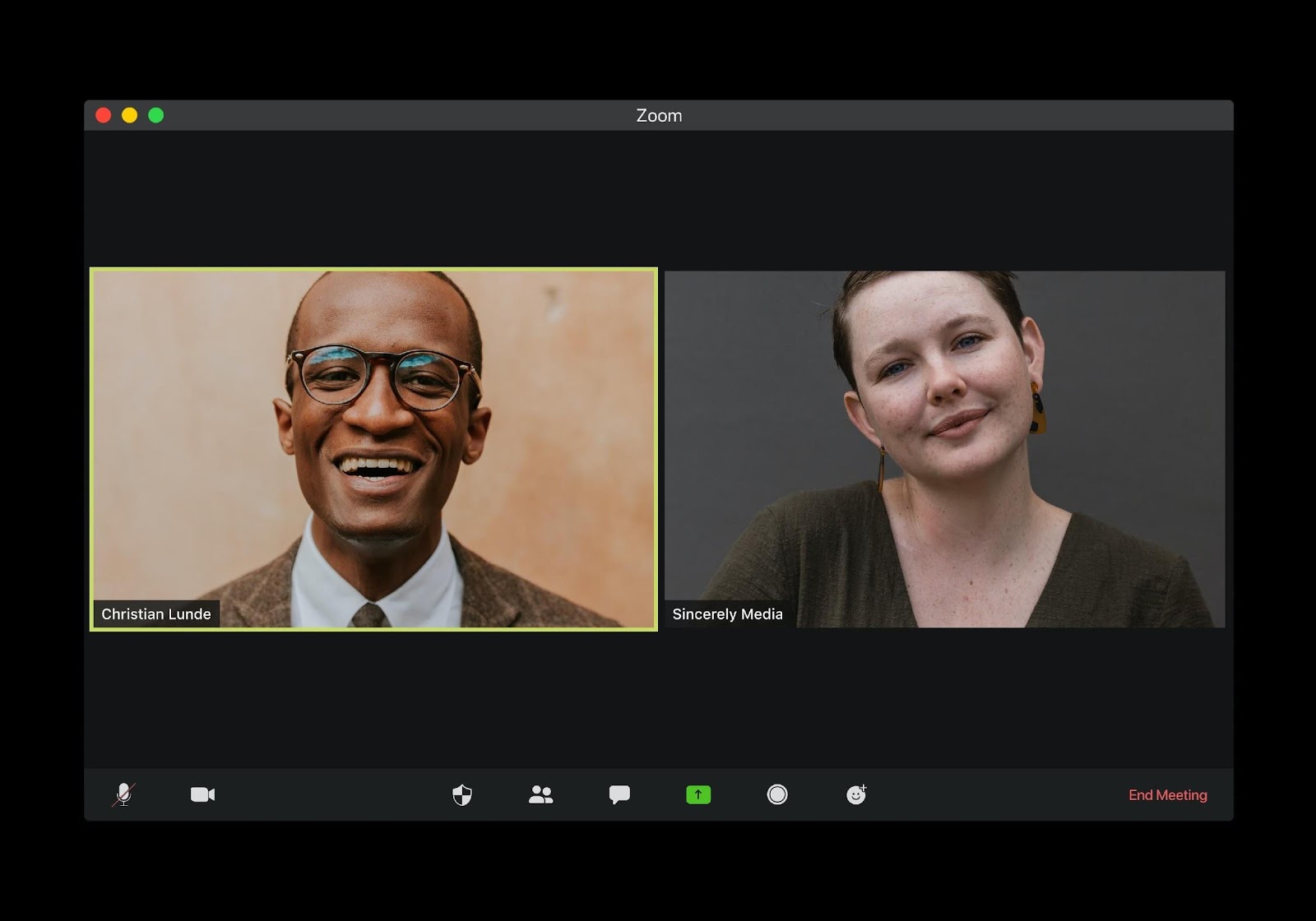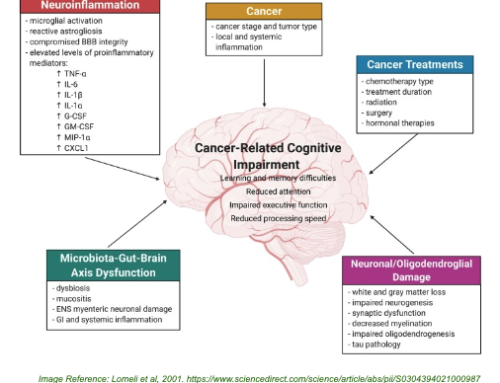More than 3.8 million Australians aged between 16 and 18 experience mental illness each year, with government spending on mental health reaching $9.9 billion in 2017/18.
Improving mental health services in Australia is a multi-faceted and complex issue. We have large regional communities who face larger barriers in accessing healthcare than those living in major cities, as well as a rising prevalence of drug and alcohol addictions.
Technology provides an innovative way to enhance the mental health services catering to these regional communities.
Enter Virtual and Telehealth services.
Encompassing telephone-conferencing, video-conferencing and internet services, telehealth can facilitate a wide-variety of health services.
Telemedicine offers cost-effective and exciting ways to improve patient care in Australia in several key ways:
Better access and support for rural, disadvantaged and time-poor patients

Physical remoteness is a major risk factor contributing to suicide. According to Beyond Blue, data from 2010-14 showed that major cities had a suicide rate of 9.8 per 100,000 people, compared to 19.2 for remote residents and 23.7 for very remote residents.
Telehealth offers better access to regular appointments by eliminating travel for patients. Patients simply require a computer, webcam and internet access for their appointments. In the case of mental health disorders, telehealth enables evaluation, diagnosis and treatment, as well as medication management and ongoing care.
Consider rural hospitals that may not have resident mental and behavioural health specialists. An emergency department could utilise telehealth to access an on-call psychiatrist to make diagnoses of patients via video call.
The benefits are also stark for patients who may be housebound, immune-compromised and not wanting to travel, or who have trouble lining up childcare or changing work commitments. These patients may not prioritise regular mental health appointments and so telehealth offers the perfect solution.
Additionally, telehealth can be used to assist social support networks through the facilitation of group discussions, chat rooms and other group networks. These provide additional support for remote and busy patients.
The result? Typically, better compliance in treatment plans, better patient follow up, and improved outcomes.
Improved monitoring and follow up

As mentioned above, better access to mental health services via telehealth offers improved outcome for patient follow up in terms of access to ongoing psychiatric and psychotherapy appointments. However, digital therapeutics promise more than just this when it comes to monitoring and following up on patients.
Online health allows better information sharing amongst practitioners, particularly with the recent rollout of the government’s My Health Record. A centralised database means your mental health professional, GP and any other specialists can both securely access key health information. This reduces medication clashes and ensures all health professionals are updated on any of the patient’s major health changes.
Additionally, smartphone technologies allow for improved monitoring and patient care via applications, notifications and reminders. Practitioners can remind patients remotely to complete at-home therapies (think cognitive therapy worksheets), medication reminders or nudge messages aimed at changing behaviours to positively impact mental health (exercise, reduction of poor nutrition habits).
Smartphone applications can also monitor patient behaviour, collecting data for practitioners (for example, a reduction in texting frequency can indicate a spike in depression). Practitioners can also utilise in-app and web-based screening and evaluation tools to provide a more complete and accurate history for their clinician. Literature reviews suggest that these web-based tools provide reliable results and can also provide up-to-date information for use by patients.
Economic benefits
Virtual and telehealth services are certainly not free. Clinicians and health professionals need to be paid for their time and ongoing education. However, these services do tend to cost less than traditional in-clinic patient appointments and therefore offer financial benefits for patients.
Importantly, though, there are also other economic benefits offered by these services. Clinicians with largely rural patient populations can operate their clinics virtually, reducing overhead costs.
Many phone and web-based programs and applications can be offered free to patients if they consent to advertising. Clinics may choose to subscribe to use these applications making them totally free to patients and without advertising.
These types of services offer the potential for early detection and better management. All of these benefits will reduce costs and relieve some of the financial weight of mental health on the healthcare system as a whole.
Future Innovations
The scope for future innovations are both endless and exciting:
- Virtual Reality platforms are being studied to test their efficacy to treat psychosis.
- Web-based games are being developed to tackle depression and anxiety.
- Imaging and behaviour analysis tools promise to aid in the assessment of patients’ moods and treatment progression.
These and other technological advancements will ensure that telehealth continues to transform the mental health landscape in Australia to one which is more patient-centric and ultimately works to serve patient populations better.



